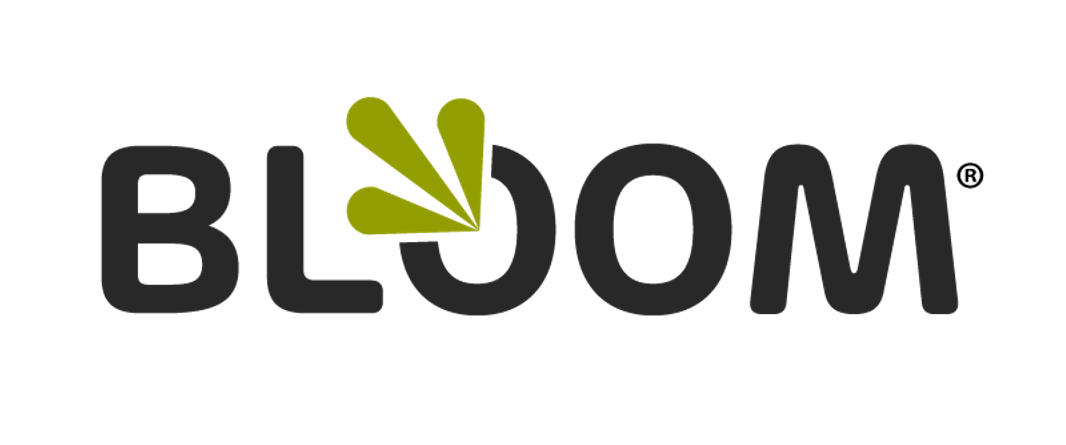Transparency in Talent Planning & Performance Management
Before the economic downturn, SHRM reported in 2006 that 40% of workers were likely to change jobs when the economy turns. Has it happened? At Insight, we have used this statistic for years. What does it really mean? We believe that employees simply always want development and career advancement opportunities – no matter the times.
With my marketing background, I also know about the realities of cognitive dissonance, which these statistics do not always track. People say they will buy rice cakes because they want to lose weight, but do they? Employees say they will change their jobs when the time is right, but do they? When is the time right?
For years to come, there will be turmoil in global relations, economic pressures, and environmental threats. The pace of change will not change; in fact, it will speed up. Over the past few years many business owners have made many tough decisions. They figure it out as they go, and in our experience many business owners are in fact more scared than their employees. With their homes and livelihood on the line, decision making becomes a pressure-cooker situation. Many business owners will do all they can to avoid tough decisions in the face of uncertainty. As we have witnessed, often this leadership complacency is what employees misconstrue as “unethical” or not right.
It is a tough call. What causes such “unethical” behavior? First, it is important to closely examine what is being accused as “unethical.” Then it is necessary to understand the cause of what leadership is really trying to hide.
Where leadership goes wrong is in not being honest about not knowing what to do and then trying to cover complacency. Employees simply want to know the truth and then be a part of building a new plan.
Transparency is Key
Transparency is required for achieving strategic alignment with employees.Share the facts and engage employees in the results. Leaders don’t need to have all the answers. They simply need to provide the dialog for strategy and collaboration to create solutions.
Transparency is the only road to accountability. Employees know fact from fiction. When they see the genuine effort by leadership to inform, they engage whole-heartedly. Perhaps this is really why people stay in their jobs – employees ultimately see the fear of the unknown, and they stay out of dedication to help the best way they can. (After all, if 65% and 48% of executives believe that trust and transparency are the factors leading to voluntary turnover then this awareness of realistic leaders must keep people employed. It is the oblivious leaders that lose people regardless of the times.)
Every employee wants to make a difference. No matter the degree of engagement, tapping into talent and identifying clear proof of performance is where people are seen and will engage. (In fact this is what inspired us to create BLOOM®, our talent alignment software that forces such alignment between strategy and talent within an organization.)
Trust is an outcome of transparency. Freely sharing information, engaging in employee performance planning, setting individual development goals, and assigning special projects are just some genuine ways to be transparent and build trust that lasts.
Nothing replaces honesty. Everyone knows when they are getting a shady deal. Lack of sharing is as bad as lying in tough times. This type of withholding is often when employees will engage their imaginations to create “unethical” behaviors. Silence in uncertain times is dishonest. Furthermore, letting rumors get out of control starts a path for repetitive abuse and turmoil that can easily become uncontrollable.
